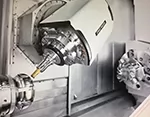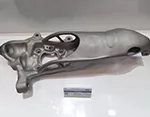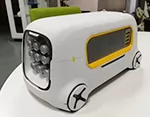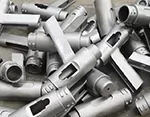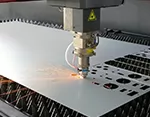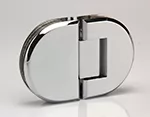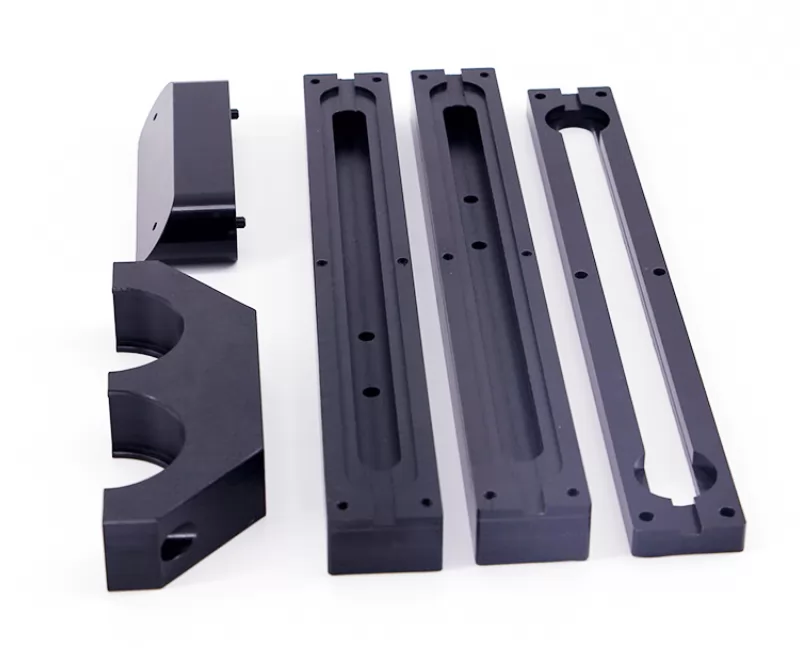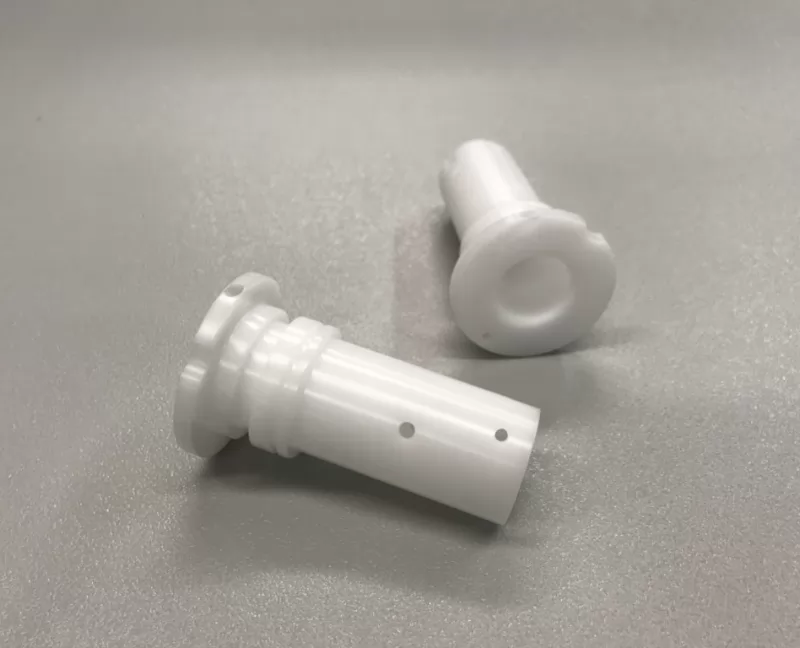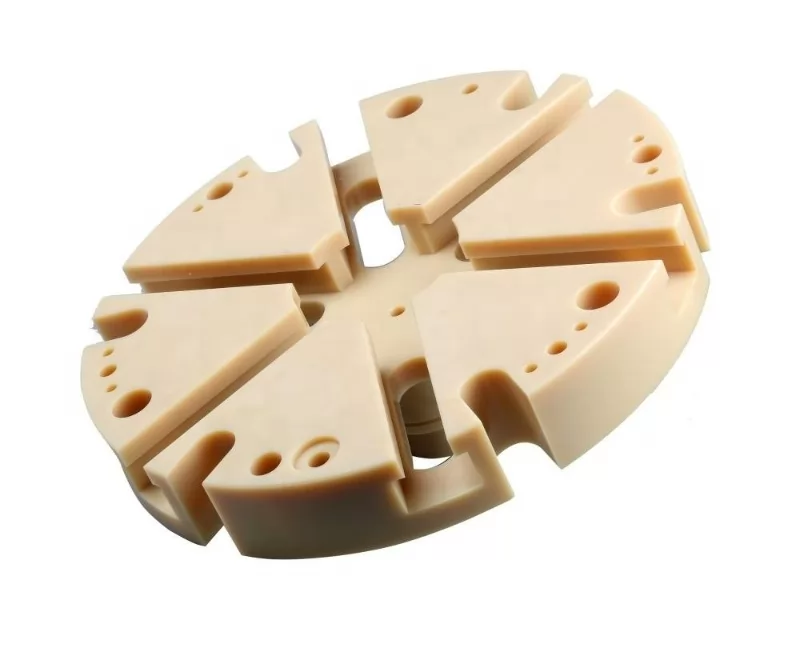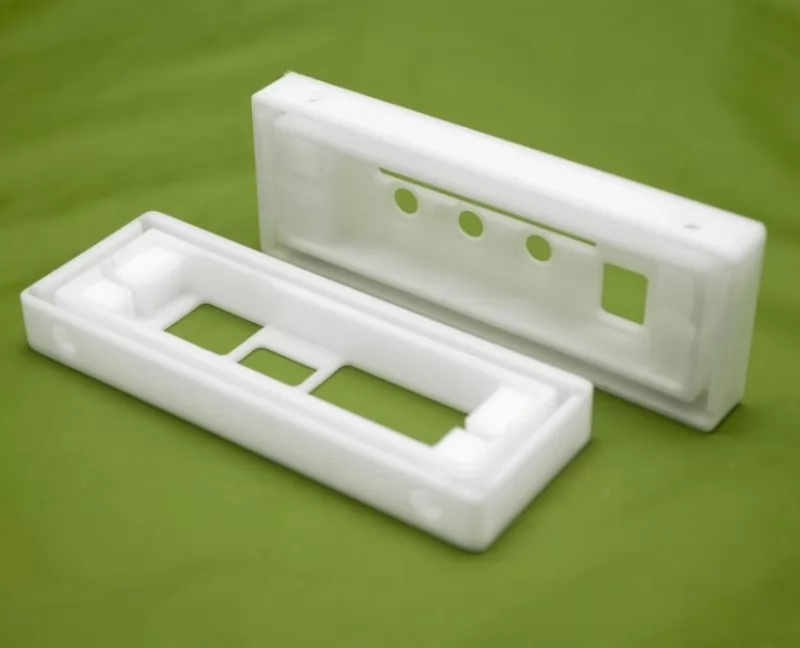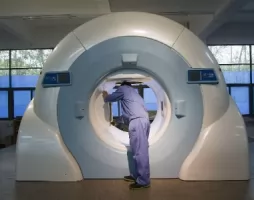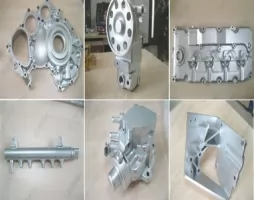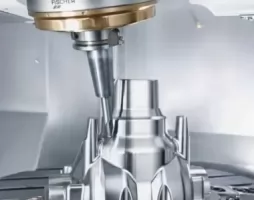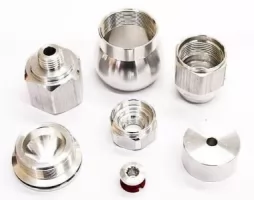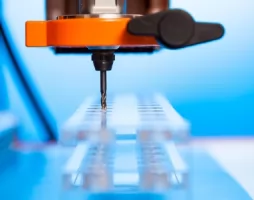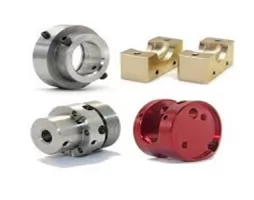-
Service
+
- CNC Precision Machining Service +
- Multi-Axis Simultaneous Machining Service +
- CNC Turning Service +
- Metal 3D Printing Service +
- Rapid Prototyping Service +
- Die Casting Service +
- Sheet Metal Fabrication Service +
-
Finish Serivces
+
- Polishing
- Grinding
- Brushed Finish
- Sand blasting
- Painting
- Powder Painting
- Anodizing
- Hard anodizing Service
- Passivation
- Zinc Plating
- Nickel Plating
- Chrome Plating
- Blackening
- Black Zinc Plating
- Teflon Coating
- Titanium Coating
- DLC Coating
- Laser Marking
- Silk Screen Printing
- Transfer Printing
- Micro Arc Oxidation
- Industries +
- About Us +
- Resource +
- Contact Us
- Quote

-
Service
-
>
-
>
-
>
-
>
-
>
-
>
-
>
-
>
-
- Industries
- About Us
- Resource
- Contact Us
Plastic CNC machining is a subtractive manufacturing process in which a solid block of plastic is placed against a moving cutting tool that removes material from the block.
You can make many different types of plastic parts using CNC machining, including:
Medical devices, such as dentistry surgical guides and cardiac implants
Food and beverage industry components, such as spray bars and assembly line pieces
Semiconductor components, such as electrical insulators and watertight seals
Automotive and aerospace industry components, such as fire blockers, valve seats, and pump gears
Based on the CNC machining method — CNC drilling, CNC turning, or CNC milling — engineers must adhere to different guidelines to produce superior plastic CNC machined parts. In this article, we’ll break each of them down.
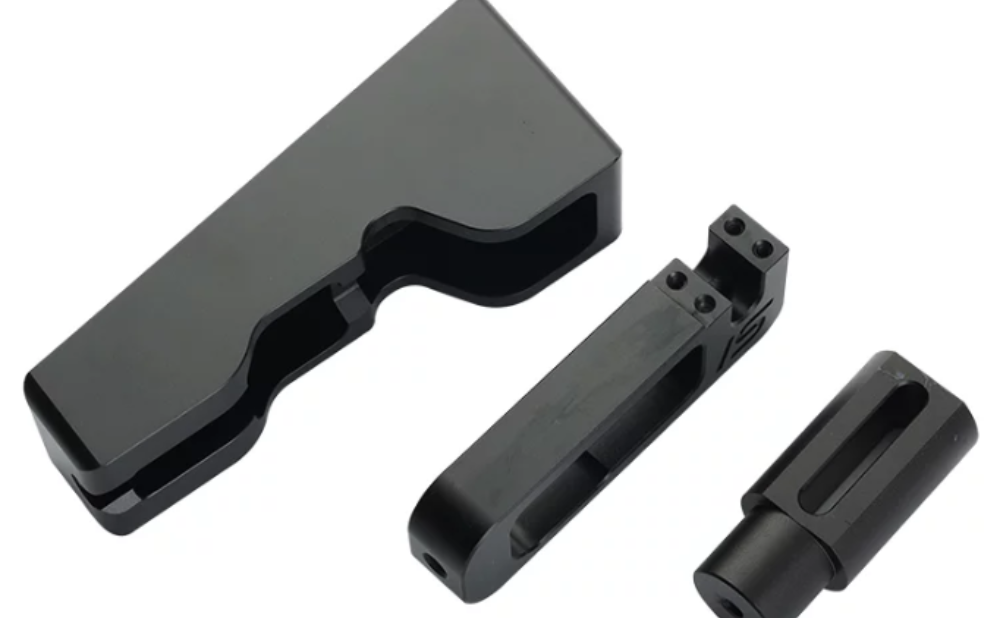
Plastic CNC Turning
CNC turning involves holding a plastic piece in place on a lathe, which is then rotated against the cutting tool in a spinning or turning motion. There are many different forms of CNC turning, each with its own unique purposes and results. For instance, straight or cylindrical CNC turning is best for large cuts, while taper CNC turning creates a distinct cone-like shape.
Specific guidelines for creating plastic parts with CNC turning machines include:
Minimizing rubbing by making sure cutting edges have a negative back rake
Using generous relief angles for cutting edges
Polishing top surfaces to help reduce material buildup and yield a better surface finish
Using fine C-2 grade carbide inserts
For rough cuts, we recommend using a feed rate of 0.015 IPR. For more precise final cuts, we recommend a feed rate of 0.005 IPR. Product teams should also know that clearance angles, rake angles, and side angles will change depending on the material used in CNC turning.
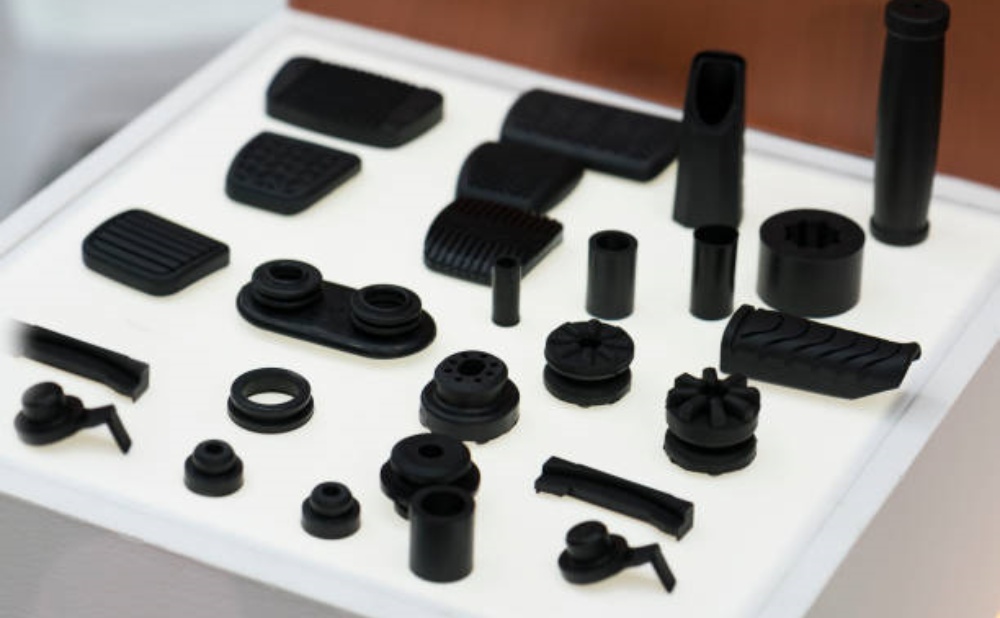
Plastic CNC Milling
CNC milling is a computer-controlled milling process that uses a cylindrical rotating tool, called a milling cutter, to remove material from a solid workpiece and reveal a finished part. CNC milling machines can be broken down into two broad categories — 3-axis mills and multi-axis mills. 3-axis mills move the cutting tool or the workpiece along three linear axes — left to right, back and forth, up and down — and are best for creating simpler designs. Multi-axis mills, including milling machines with four axes or more, are best for creating plastic parts with complicated geometries.
Specific guidelines for creating plastic parts via CNC milling include:
Using carbon tooling if you’re machining with a thermoplastic that has been reinforced with glass or carbon fibers
Using clamps to achieve higher spindle speeds
Creating rounded internal corners and pockets with end mills to mitigate stress concentration
Plastic CNC Drilling
CNC drilling involves using a drill bit to drill holes into a plastic block. A spindle, which secures the block and CNC drill, lowers onto the block and then drills the appropriately-sized holes. There are multiple kinds of drill presses you can use with a CNC drilling machine, including upright, bench, and radial CNC drill presses.
When you’re creating plastic components via CNC drilling, it’s critical that you keep CNC drill bits sharp. Dull or incorrectly shaped drills can put too much stress on the part, causing tooling problems and performance issues. For most thermoplastics, we recommend using a 90 to 118° drill bit with a 9 to 15° lip angle. If you’re drilling with acrylic, you should use a 0° rake.
The ejection of the CNC drill is also essential as poor chip ejection can cause friction and build heat. Since CNC drilling generates more heat than any other CNC machining process, heat reduction is critical to minimizing stress and damage. To safely remove a CNC drill without damaging the part, try to make sure the drilling depth isn’t more than three or four times the drill diameter and reduce the feed rate when the drill has almost exited the material.
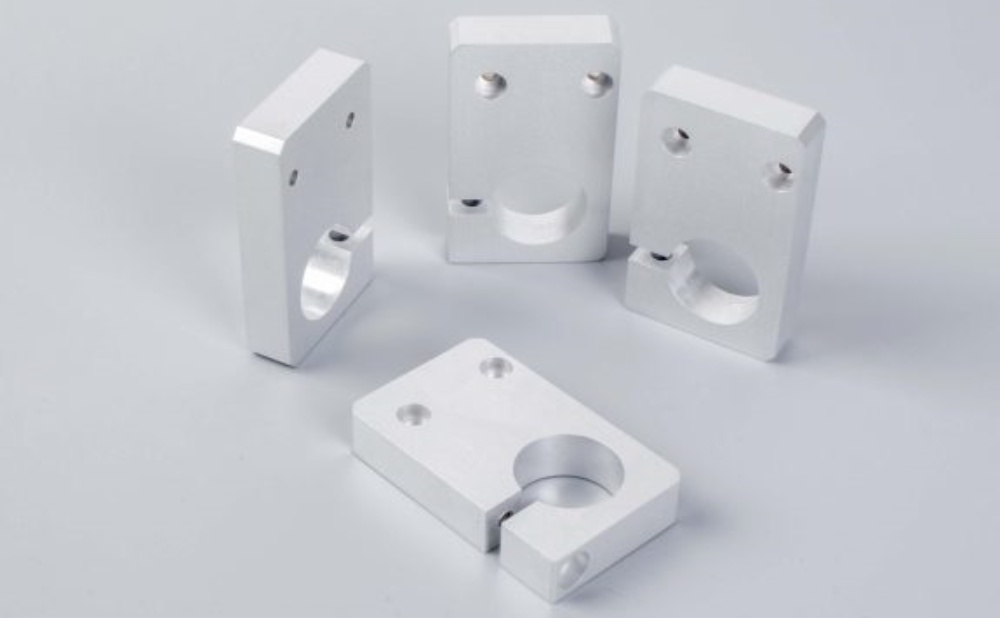
Plastic CNC Machining With Kesu
A seasoned manufacturing partner like Kesu can help you make the right decisions when it comes to plastic CNC machining. Our team can give you expert advice throughout the entire manufacturing process, taking all necessary guidelines into consideration. At Kesu, we’re committed to helping you produce the best possible CNC machined plastic part. Ready to take your project to the next level? Contact us today.

